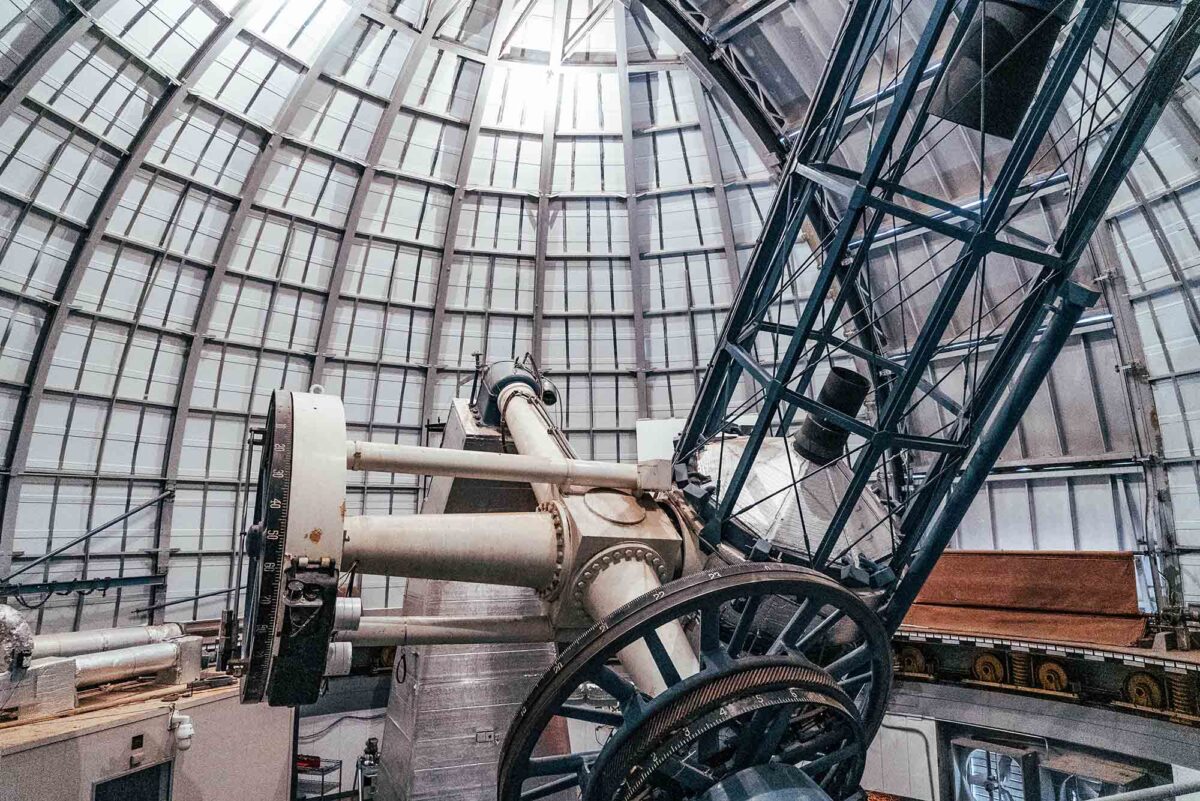Did you know Boston University has a telescope facility in Arizona?
BU has owned and operated the Perkins Telescope Observatory, a dark-sky observatory site just outside of Flagstaff, since the late 1990s. (In 2019, BU became the sole owner and operator after buying out its partner, Lowell Observatory.) The facility is home to the 1.83-meter diameter Perkins Telescope, a powerful telescope used in BU astronomy courses as well as research projects like the study of jets in supermassive black holes, magnetic fields in the Milky Way, and white dwarf stars.
Now the Perkins Telescope has some brand-new digs. The observatory closed in April of this year for renovations on its retractable dome, a steel structure built in the 1960s. In September, the facility officially reopened with a fresh dome “skin,” as well as newly aluminized internal telescope mirrors, amounting to $400,000-plus of upgrades.
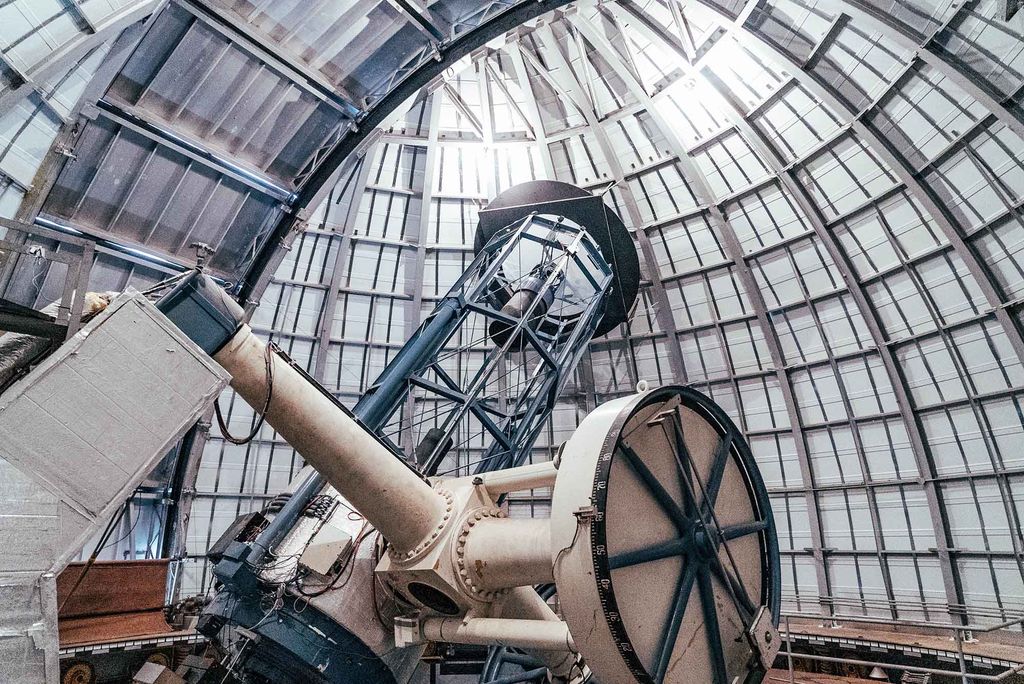
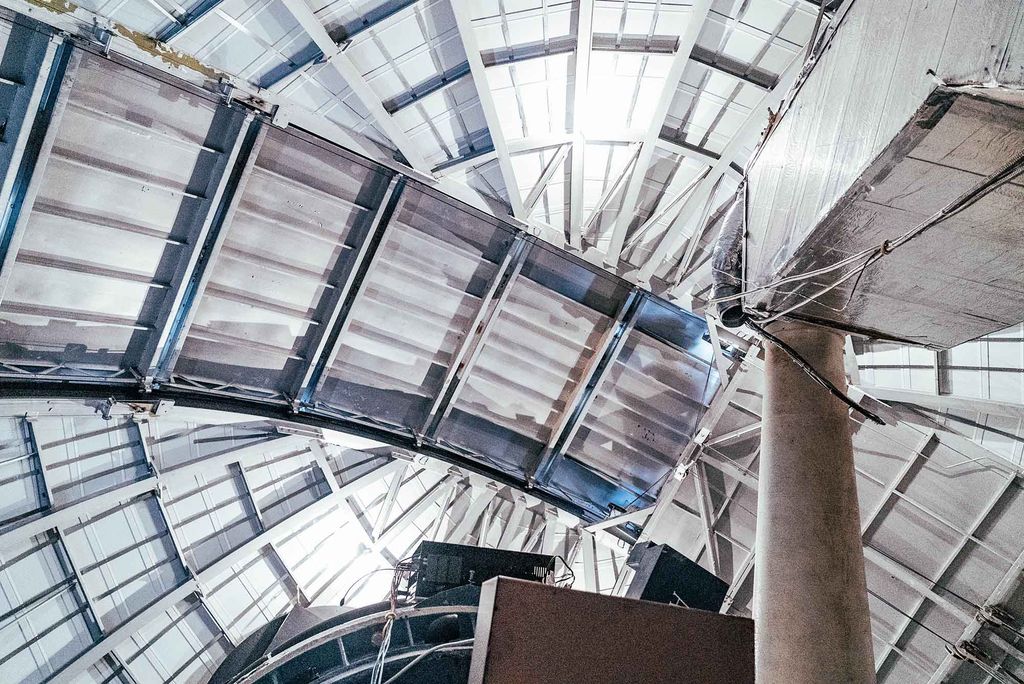
Buying out Lowell Observatory meant taking sole responsibility for deferred maintenance the Perkins telescope desperately needed, says Dan Clemens, a longtime College of Arts & Sciences professor of astronomy, who helped oversee the project. The dome, which is constructed of circular steel “ribs” covered by heavy steel panels, “had rusted to the point where it was no longer safe to just repaint, which was the panels’ standard fix,” Clemens explains.
Of course, replacing giant steel panels is no small feat.
“It’s not like you can go on Craigslist and find a telescope dome–re-skinning company,” Clemens jokes. Ultimately, the project went to Behmer Roofing & Sheet Metal, an Arizona-based contractor that was up for the challenge. (Re-aluminizing was done at the Lowell Discovery Channel Telescope’s aluminizing chamber in Happy Jack, Ariz.)
As for the dome’s old steel panels? They were upcycled by a Lowell Observatory employee to use as material for battle-robot competitions, Clemens reports.
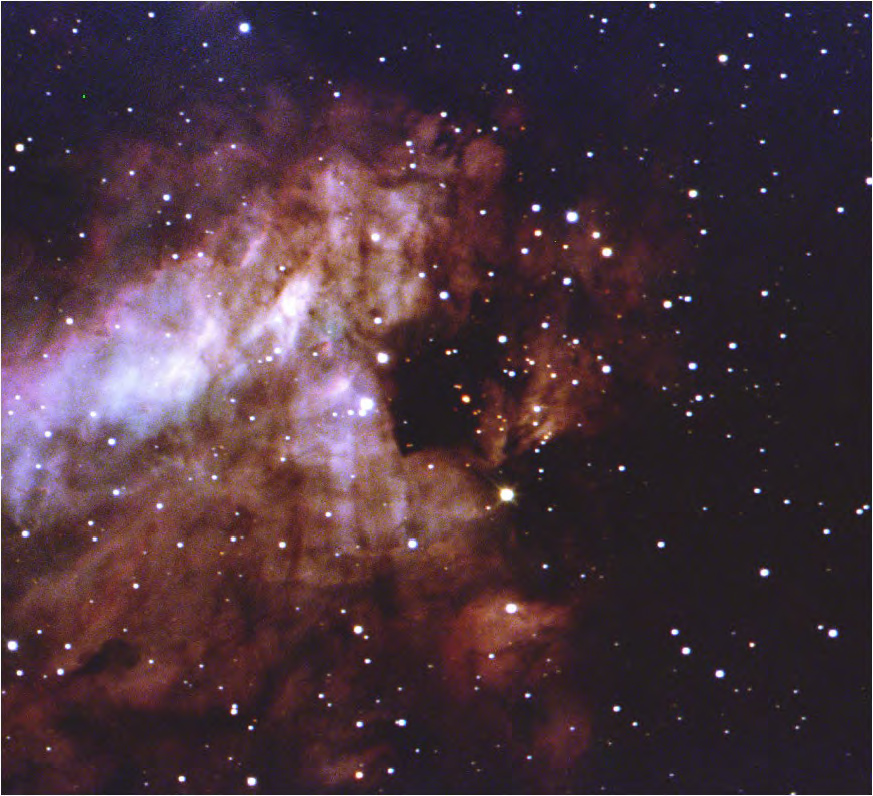
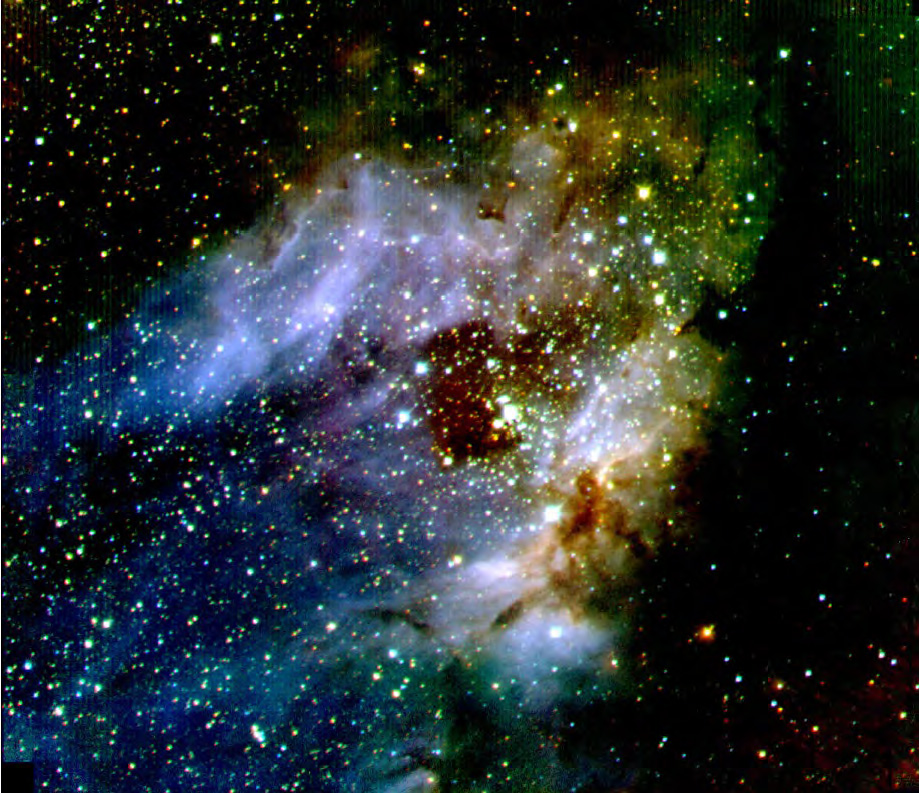
Other renovation difficulties included battling Arizona’s summer monsoon season (the hottest and driest on record), as well as the worries that come with working around very delicate (and expensive) equipment, says E. J. Winslow, Campus Planning & Operations senior project manager for special construction projects.
In an observatory environment, “even dropping a screw can cause havoc,” says Winslow, who oversaw the observatory renovation. “I don’t want to say that the contractors were read the Riot Act, but they were very aware of the value of everything in that room and very on top of things.”
The biggest downside, however? Missing out on stargazing while the telescope was offline. “June was just spectacular out there,” Clemens says. “It was soul-killing to watch the clear skies and know our telescope was shut down.”
In the video below, watch as the observatory sheds its decades-old skin and gets some much-needed TLC. And above, check out some recent pictures taken through the newly refurbished Perkins Telescope and its two optical instruments, PRISM and Mimir.
Via: https://www.bu.edu/articles/2023/bu-perkins-telescope-observatory-reopens/
